Voices of the Coast
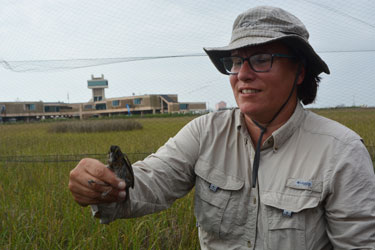 Women of the Bayou
Women of the Bayou
The women who live and work along the bayou have played an integral role in keeping the unique and varied culture of Louisiana’s disappearing coast alive. These women are teachers, tribe elders, artists, researchers, members of city councils, daughters and mothers. Each play a different part in the fabric of the bayou. Their stories are not tales of doom and gloom for the region, but of hope, ingenuity, and resilience in times of adversity.
View more about Women of the Bayou >
Oral Histories
Natural, man-made and economic factors are taking their toll on Louisiana’s coastal communities and the traditional industries that have supported those hamlets. Whether caused by subsidence; hurricanes; or inexpensive, imported seafood, the culture and landscape of the coastal zone is changing, and in some cases, disappearing. It is imperative that traditional knowledge in these towns and villages be captured so that the memories of their custodians can be preserved for current and future generations. Louisiana Sea Grant is doing just that through this oral history project. Visitors to this website will find unedited oral history audio recordings, as well as interview transcripts.
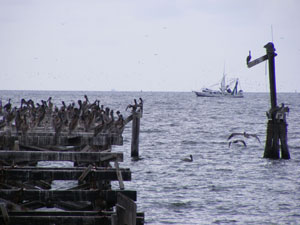 Grand Isle Diaries
Grand Isle Diaries
Grand Isle is Louisiana’s only inhabited barrier island. As an early home to the pirate Jean Lafitte, the island has long maintained a sentimental and romantic place in the history of the Pelican State. Yet beyond the historical romance, Grand Isle serves as a literal buffer to the destructive hurricane forces for many inland communities such as Houma and New Orleans. The island is also the place of rest for migrating song birds headed north from Latin America in the spring. Taken together then, Grand Isle holds tremendous historical, environmental and cultural importance to Louisiana and the U.S.
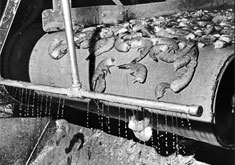 A History of Louisiana Dried Shrimp
A History of Louisiana Dried Shrimp
When consumers today think of Louisiana shrimp, a fresh or quality frozen product comes to mind. But a century or more ago before flash freezing, interstate highways and airfreight, Louisiana shrimp meant dried shrimp. It’s high in protein, it tastes good, and it travels well. The following video provides a glimpse of Louisiana’s dried shrimp history.
Watch A History of Dried Shrimp video (YouTube) >
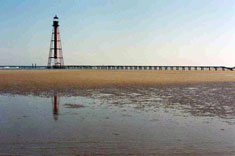 Reflections on Chandeleur
Reflections on Chandeleur
Formed more than 2,000 years ago, the Chandeleur Island chain has a colorful past – both geologically and in terms of human use. The shifting sands of these barrier islands in the northern Gulf of Mexico buffer the mainland of Louisiana and Mississippi against storm surge. They are a prized habitat for birds and aquatic animals and comprise the United States’ second-oldest national wildlife refuge. For more than a century, the Chandeleurs have been a favored destination for scientists, naturalists and anglers.
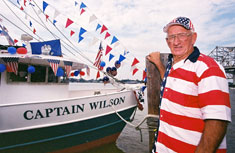 Shrimp Tales
Shrimp Tales
Despite the current difficulties in making a profit, shrimping remains a passion for many commercial fishermen in south Louisiana. The industry continues to have a tremendous impact on these individuals, their communities and the culture of the state.
